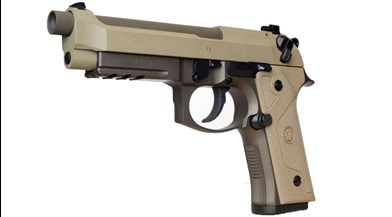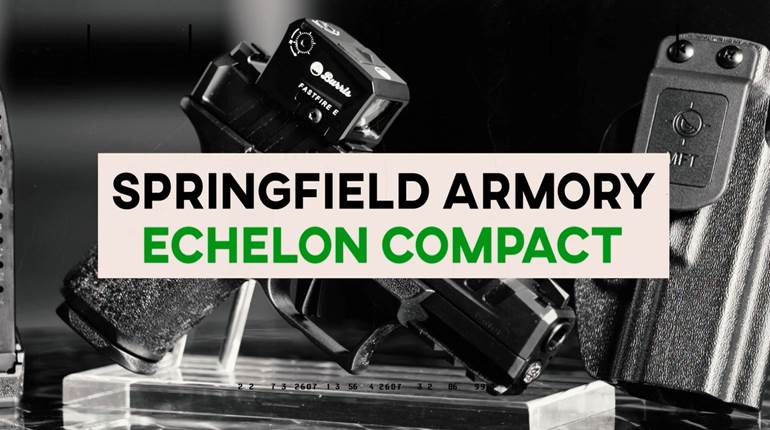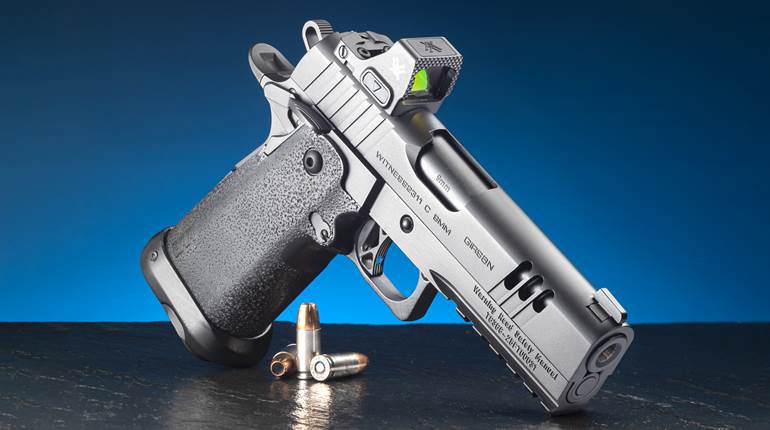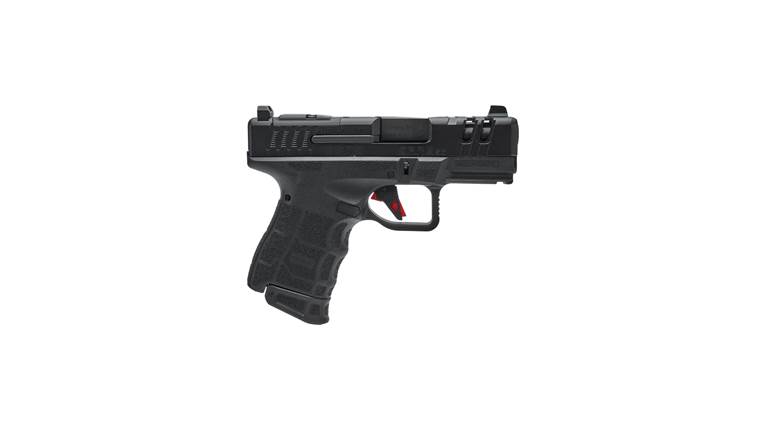Beretta, the maker of the standard-issue "U.S. Pistol, M9" for 30 years, has submitted to the U.S. Army its Engineering Change Proposal (ECP) to the contract signed in 2012 for up to 100,000 pistols as another attempt to improve the pistol bought by its largest single customer. After the widely reported rejection of Beretta’s ECP in late January, Beretta resubmitted through proper channels again, letting the Army know it can make the changes it wants—not necessarily all of them. The resubmission took place about 10 days ago, and Beretta has not received a thumbs up or down from the Army at the time of this writing. 
I have written and done videos about the M9A3 before, and thought the pistol was of sufficient interest to spend a day in Accokeek, Md., with Beretta's Vice President of Defense Marketing and Operations, Gabriele DePlano, to dig deeper on the changes to the M9 (see video for full interview). The M9A3 incorporates a number of improvements identified by Beretta, soldiers and the Request for Proposal (RFP) of the relatively new Modular Handgun System (MHS). Beretta has done a good job of updating a pistol designed in the 1970s, tweaked into the M9 of 1985, and used by soldiers since the Reagan Administration, to make it more suitable for the modern solider—meaning one that has many features needed on a military combat handgun today that is also more likely to fit all soldiers' hands.
Reasons for the rejection are not clear at this time, as the Army initially said there were too many changes. But the Army and other branches often incorporate more numerous ECPs from its contractors, regardless of the "weapon system." The MHS, which you can read about here, I am told is on hold at this time. And the M9A3 was not eligible for participation in that trial, anyway.
If the MHS program restarts, look for all major handgun manufacturers to participate. A free and open competition that results in the best combat handgun for our troops is a laudable goal. No one wants anything but the best tool for the job for the troops that put their lives on the line for the sake of our Freedom.
But one cannot help but wonder why a more modern version of the M9 that could be made under the current contract with little more than a stroke of the pen could not be looked at until the MHS is eventually tested, decided and adopted. If the M9 is the only option for new production handguns entering service at present, why not provide the most up-to-date variant? If 9x19 mm NATO M9s are the only pistols allowed under current procurement rules and contract, why not look hard at features soldiers say they need with the gun they already have before the next design (perhaps the result of the MHS ) is tested and adopted?
Obviously, the M9 is not the most current handgun design on the market. Are there more modern designs? Of course. The Army needs to decide what it wants out of a sidearm. Then come up with the money to pay for it.
While the Army may be been less than enthusiastic so far on the M9A3, it appears that consumers most assuredly are. Look for the upgraded Beretta on your dealers' shelves later on this year.

























